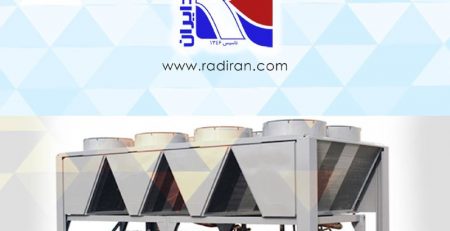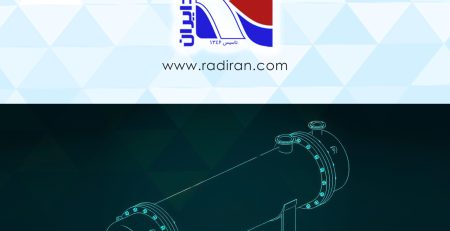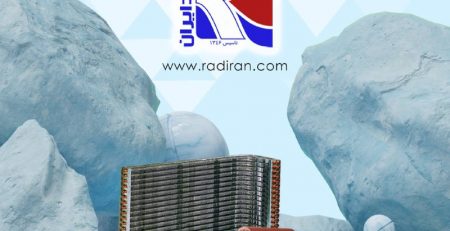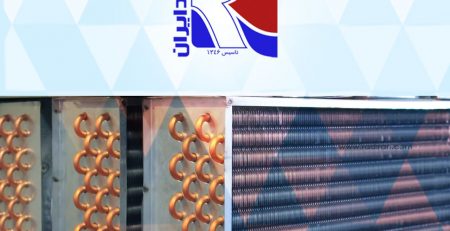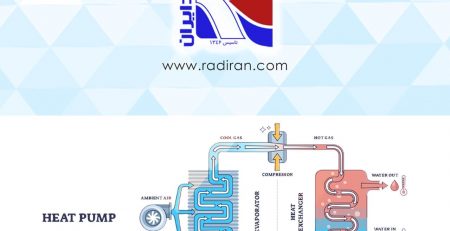Compressor Floodback
Floodback occurs when liquid refrigerant returns to the compressor during the running cycle. Often a service contractor may see a compressor that failed due to floodback, but because of the severity of the damage, he may misdiagnose the problem. System-based causes of slugging and floodback may be different from each other; finding the root of the problem is essential to prevent it from happening again.
There can be multiple system causes of floodback, even as basic as lack of airflow because the system’s filter has not been changed. It also may be a problem with the expansion valve, but then again, it may not be. A contractor or service technician should never jump to this conclusion. The metering device may lose control, but this does not mean that the root of the liquid floodback was a metering device problem. For instance, if the evaporator coil freezes over, if an evaporator fan fails, the liquid will not be properly evaporated. This liquid then returns to the compressor, and the result is severe damage or failure due to floodback.
Depending on the style of compressor, an observant contractor or service technician will see different failure patterns. These are observable by performing a compressor teardown yourself or by sending it to the manufacturer and requesting them to perform a teardown. Some (not all) compressor manufacturers will send back the results of such a teardown. By determining the failure patterns within the compressor, a service contractor can do a better job of determining what types of system problems may have led to the compressor’s damage.
A refrigerant-cooled compressor, for example, is one that requires the return gas to flow across the motor before entering the compressor, in order to keep the motor from overheating. In this type of floodback situation, the liquid refrigerant would mix with the oil in the crankcase and would result primarily as low-end wear, such as worn bearings and worn rods.
An air-cooled compressor is one where the return gas does not flow across the motor; instead, it enters into the side of the compressor, very near the compression chamber. In a floodback situation, the liquid would enter the compression chamber and would be more likely to result in a liquid slug (compression of liquid in the cylinder area).
Can you have floodback in a welded compressor? It’s possible, even though many safeguards will protect the compressor from system-related damage. If floodback were to occur due to long-term operating conditions, keep in mind that all welded compressors are refrigerant-cooled; therefore, contractors and service technicians should look for damage in the running gear, bearings, rods, and crankshaft areas:
*Liquid refrigerant displaces oil as it travels through the crankshaft. Also, liquid refrigerant is a solvent and washes the oil film from adjoining surfaces; this, in turn, causes wear. Scoring will be evident.
While the compressor is operating, the technician should check superheat at the compressor. If floodback has been a problem, a minimum of 20 degrees F superheat would be desirable.
*While the results of liquid floodback can include severe damage and premature failure of the compressor, it is also highly preventable. Proper routine maintenance and regular inspections (including measurement of superheat and subcooling, where appropriate) go a long way toward preventing liquid floodback conditions, and ensuring long life for the compressor.


